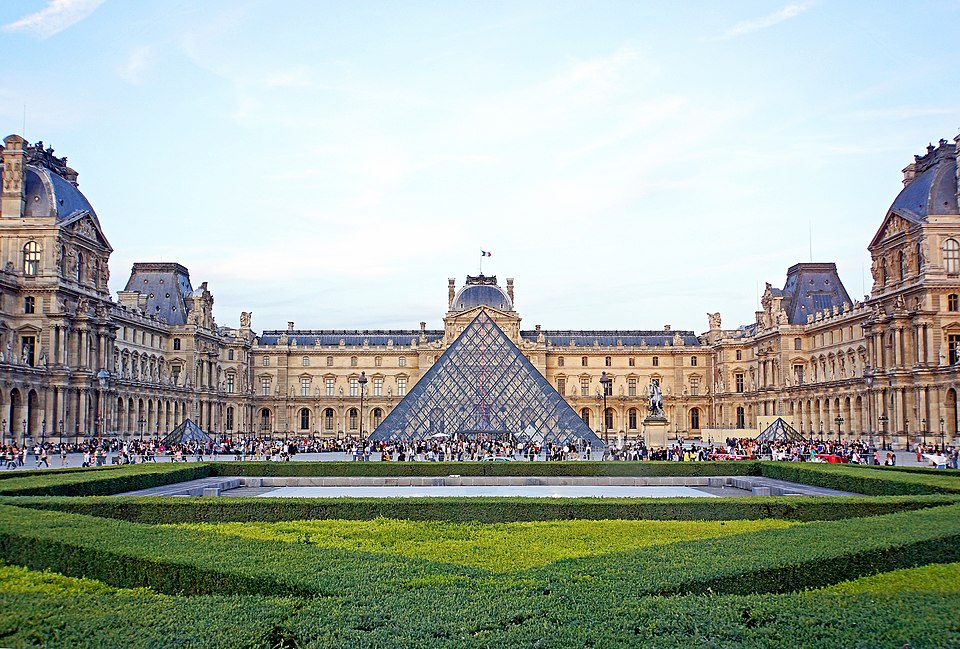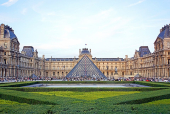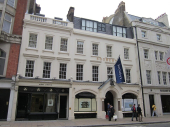
The Louvre, the world’s most-visited museum, was forced to close its doors Monday after staff staged a spontaneous strike, citing unbearable working conditions and the overwhelming crush of
tourists. Visitors with tickets in hand were left stranded beneath the iconic glass pyramid, as confusion and frustration mounted.
“It’s the Mona Lisa moan out here,” said Kevin Ward, a tourist from Milwaukee. “No one knows what’s going on. Even she needs a break, I guess.”
The walkout came during an internal staff meeting when museum employees—gallery attendants, ticket clerks, and security staff—refused to return to their posts. Workers say they’re stretched thin by daily crowds that exceed the museum’s capacity, all while grappling with outdated infrastructure and worsening conditions behind the scenes.
The Louvre has rarely closed in its long history, usually only during war, major strikes, or the pandemic. But this sudden and unannounced closure left thousands outside with little explanation. The staff’s union called the current situation "untenable," pointing to overcrowding, insufficient staffing, and deteriorating facilities.
Central to the crisis is the unrelenting popularity of the Mona Lisa. Around 20,000 people cram into the Salle des États every day just to catch a glimpse—or more often, snap a selfie—with Leonardo da Vinci’s masterpiece. The resulting chaos means many visitors barely notice the surrounding works by Renaissance masters.
“You don’t see the painting,” said Ji-Hyun Park, a visitor from Seoul. “You see phones and people pushing.”
President Emmanuel Macron recently announced a sweeping €700–800 million renovation plan, dubbed the “Louvre New Renaissance,” aimed at resolving long-standing issues. This includes a new entrance along the Seine and a dedicated room for the Mona Lisa by 2031. But for museum workers, the promises are too far off.
“We can’t wait six years for relief,” said Sarah Sefian of the CGT-Culture union. “It’s not just about the art, it’s about the people who protect it.”
Despite the grand plans, staff argue that the government’s operational support has shrunk—state subsidies have dropped more than 20% in a decade, even as visitor numbers have surged. Louvre President Laurence des Cars recently warned in a leaked memo of “a physical ordeal” for both visitors and staff, citing leaking roofs, failing temperature control, and inadequate facilities.
On Monday, negotiations between management and union representatives continued into the afternoon. A temporary reopening of a limited “masterpiece route,” including access to the Mona Lisa and the Venus de Milo, was considered. The museum, regularly closed on Tuesdays, may fully reopen Wednesday, and some Monday ticket holders may be granted entry then.
The Louvre welcomed 8.7 million visitors last year—more than double what its infrastructure was built to support. Even with crowd limits set at 30,000 per day, staff describe daily operations as a grind: not enough bathrooms, poor ventilation, limited places to rest, and relentless tourist flows amplified by the greenhouse effect of the glass pyramid.
While Macron promises a modernized Louvre by the next decade, workers say the present-day crisis demands immediate attention. Unlike other high-profile Paris landmarks receiving state-funded overhauls, the Louvre remains stuck between lofty ambitions and crumbling realities.
For now, France’s most prized cultural icon—and those who flock to see it—are left waiting in the lines, caught in the fallout of a museum under pressure. Photo by Dennis G. Jarvis, Wikimedia commons.









































